Which of the following combinations is correct ?
Urms∝√TandUrms∝√M
Urms∝√TandUrms∝1√M
Urms∝1√TandUrms∝1√M
Urms∝1√TandUrms∝√M
The correct Answer is:B
To solve the question regarding the correct combination of relationships involving the root mean square velocity (URMS), temperature (T), and molar mass (M), we can follow these steps:
1. Understand the Formula for URMS:
The root mean square velocity (URMS) of gas molecules is given by the formula:
URMS=√P⋅R⋅TM
where:
- P = pressure of the gas,
- R = gas constant,
- T = absolute temperature,
- M = molar mass of the gas.
2. Identify Relationships:
From the formula, we can derive the relationships:
- URMS is directly proportional to the square root of temperature (T):
URMS∝√T
- URMS is inversely proportional to the square root of molar mass (M):
URMS∝1√M
3. Evaluate the Options:
Now we will evaluate the given options based on the derived relationships:
- Option 1: URMS∝√T and URMS∝√M - Incorrect (it should be inversely proportional to √M).
- Option 2: URMS∝√T and URMS∝1√M - Correct.
- Option 3: URMS∝1√T - Incorrect.
- Option 4: URMS∝1M - Incorrect (it should be inversely proportional to √M).
4. Conclusion:
Based on the evaluations, the correct option is Option 2.
The root mean square velocity (URMS) of gas molecules is given by the formula:
URMS=√P⋅R⋅TM
where:
- P = pressure of the gas,
- R = gas constant,
- T = absolute temperature,
- M = molar mass of the gas.
From the formula, we can derive the relationships:
- URMS is directly proportional to the square root of temperature (T):
URMS∝√T
- URMS is inversely proportional to the square root of molar mass (M):
URMS∝1√M
Now we will evaluate the given options based on the derived relationships:
- Option 1: URMS∝√T and URMS∝√M - Incorrect (it should be inversely proportional to √M).
- Option 2: URMS∝√T and URMS∝1√M - Correct.
- Option 3: URMS∝1√T - Incorrect.
- Option 4: URMS∝1M - Incorrect (it should be inversely proportional to √M).
Based on the evaluations, the correct option is Option 2.
Topper's Solved these Questions
- STATES OF MATTERBOOK - VMC MODULES ENGLISHCHAPTER - STATES OF MATTEREXERCISE - Level-2
50 Videos
- STATES OF MATTERBOOK - VMC MODULES ENGLISHCHAPTER - STATES OF MATTEREXERCISE - Level-2 (NUMBERICAL VALUE TYPE FOR JEE MAIN
15 Videos
- STATES OF MATTERBOOK - VMC MODULES ENGLISHCHAPTER - STATES OF MATTEREXERCISE - LEVEL -0 (Short Answer Type-II)
27 Videos
- STATES OF MATTERBOOK - VMC MODULES ENGLISHCHAPTER - STATES OF MATTEREXERCISE - IMPECCABLE
50 Videos
- STOICHIOMETRY - IBOOK - VMC MODULES ENGLISHCHAPTER - STOICHIOMETRY - IEXERCISE - JEE Advanced (Archive)
31 Videos
Similar Questions
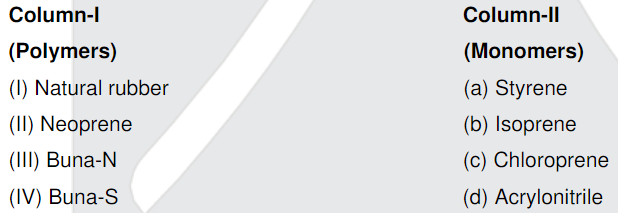
Which of the following combination is correct:
View Solution
Which of the following combination is correct:
View Solution

Which of the following combination is correct ?
View Solution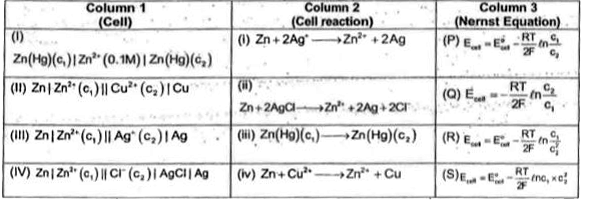
Which of the following combination is correct?
View Solution
Which of the following combination is correct?
View SolutionWhich of the following combination is correct for the enzymes of lysosmes?
View Solution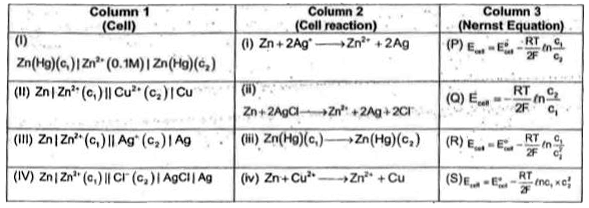
Which of the following combination is correct for concentration cell?
View Solution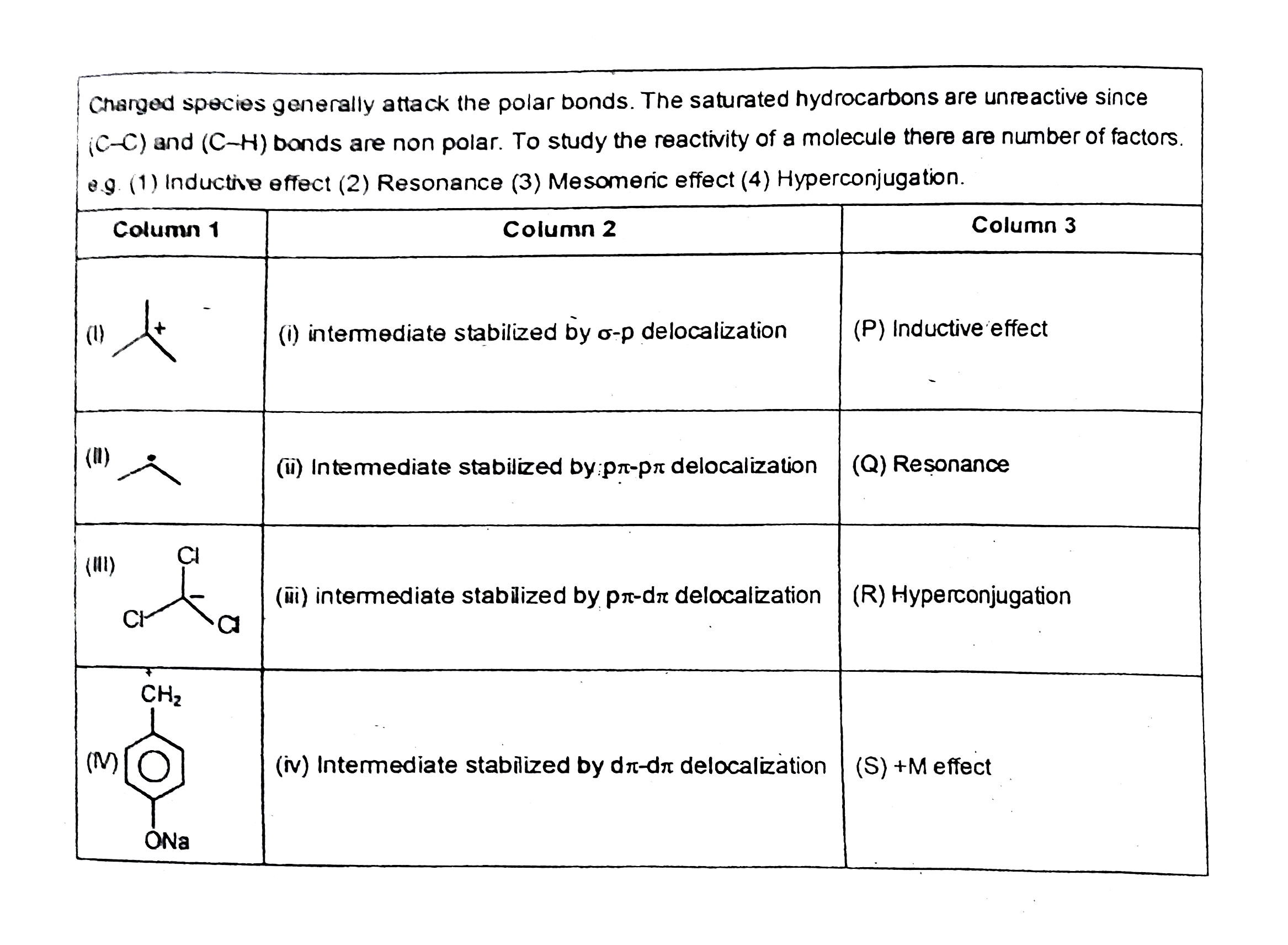
Which of the following combination is correct for the stability of the paramagnetic intermediate ?
View Solution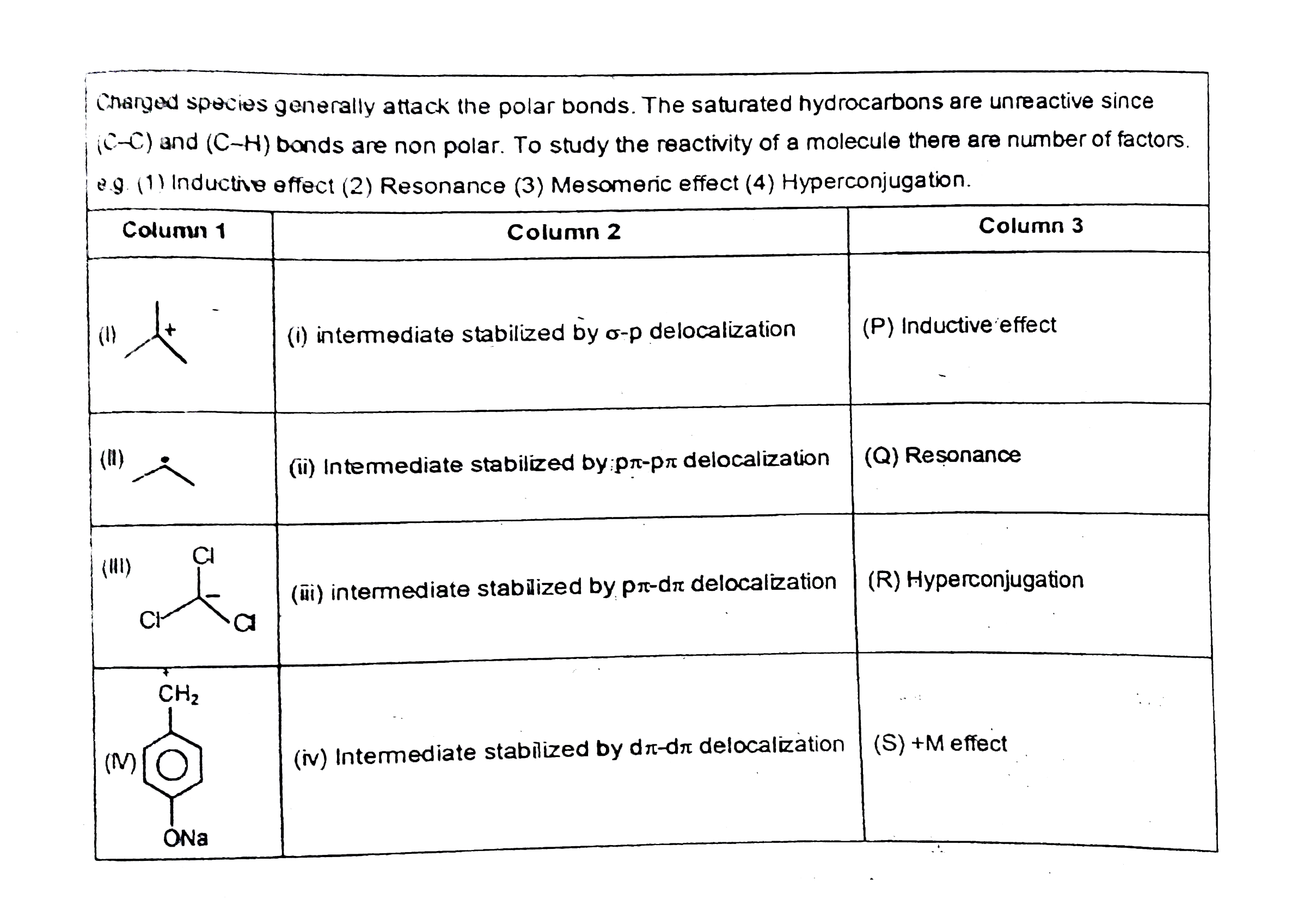
Which of the following combination is correct for most stable carbocation ?
View SolutionMatching the imformation given in the three columns of the following table.
Column 1Column 2Column 3(Reaction)(Process)Ores(Reactant)(I)PbS→PbO(i)Roasting(P) Zinc blende (ZnS)(II)CaCO3→CaO(ii)Calcination(Q) Galna (PbS)(III)ZnS→Zn(iii)Carbon reduction(R) Pyrit(IV)CuFeS2→Ca(iv)Salt reduction(S)Limestone
Which of the following combination is correct option ?
View Solution